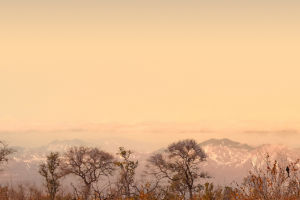Landscape photography is a very popular activity and many amateur photographers enjoy photographing landscape subjects, however, landscape photography is more than just going to a beautiful place, sticking the camera to your face, hitting the shutter button, and much more skills to learn. This article details 5 photography tips that can help you take better landscape photos.
1. Location is the key
Site selection is always the key to taking great photos. No one can create things out of thin air, and the real scenery is the foundation of all beautiful photos. Therefore, we must first look for an excellent scenery, and the location of the site mainly depends on personal preferences.
2. Select the scenic spot and time point scenery.
One of the most important aspects of photography is to choose the right spots. You should have a good idea of where you plan to go and what time of day you can get the best photos. Learn how to read maps better and learn how to use them to find the perfect location. By planning your exact location, you'll be able to maximize your time there to take beautiful photos.
3. Observe first, then shoot.
A mistake many people also make when taking landscape photos is to shoot as soon as they arrive at the attraction. In fact, it is best to carefully observe the environment, see how the light is, the direction of the target subject, the selection of the foreground, etc. before starting to shoot, it is not suitable to be too impatient.
4. The sloping lines will enhance the rhythm of the picture.
When shooting landscapes, if it's not a natural slope, the picture can backfire. Deliberately increasing the sense of rhythm, the visual experience is very twisted, and the natural landscape shot will not give people a beautiful and spectacular feeling. The continuous mountain peaks have lines and a certain rhythmic beauty. We only need to find the horizontal line of the picture, shoot basically flat, not tilted, combined with simple composition, it will be a good photo.
5. "Small elements" contrast the "big environment".
The beauty of the landscape can be highlighted by the contrast between the elements. For example, when shooting mountain peaks, the bare peaks cannot give people a distant and magnificent feeling, but once you take the camera a little farther and make the grassland on the ground appear in the picture, the magnificent and vast feeling of the mountain peaks will arise spontaneously.


